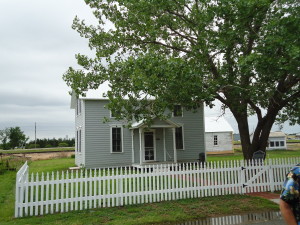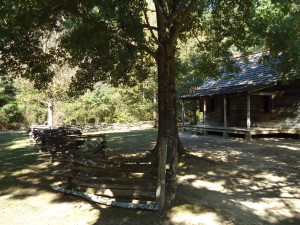One of the questions writers get asked the most—after “How do you come up with your story ideas?”—is, how does an author decide where to place a story. Recently, an email from my agent prompted me to consider that question in depth.
In the past, I have often created fictitious towns set in actual  geographical regions for my stories. The main reason I do this is so I can give the town a regional flavor and a touch of real Americana, and use actual landmarks like a particular mountain range or a river. Mentioning actual historical events that occurred in that general area give the setting authenticity. But the town itself is up to me and my imagination, and I can set buildings and street corners any way I choose. I know I’ve done my job when a reader says, “I’d love to visit this place. Is it a real town?”
geographical regions for my stories. The main reason I do this is so I can give the town a regional flavor and a touch of real Americana, and use actual landmarks like a particular mountain range or a river. Mentioning actual historical events that occurred in that general area give the setting authenticity. But the town itself is up to me and my imagination, and I can set buildings and street corners any way I choose. I know I’ve done my job when a reader says, “I’d love to visit this place. Is it a real town?”
If the setting doesn’t live and breathe as much as a character, that aspect of the story flattens and the reader is left wondering where the characters are. So making sure the character’s surroundings are as vivid and clear in the reader’s mind is as important as the heroine’s hair color and the depth of the hero’s eyes.
When I read my agent’s email, the question of where to set a potential story posed several possibilities that I am still, at this writing, contemplating. So the “what ifs” that I’m currently rolling around in my head are throwing open a wide regional map and my mind’s horizons are endless.
I may have a general idea of who my characters might be, and even what their goals and passions are. But the puzzle pieces of the story can’t come together until they have a home, because the focus of this story must transport the reader to a place first.
Picture yourself sitting in a theater. The lights dim, the crowd hushes, and all eyes are fixed on the stage. The music begins and the curtain slowly parts, revealing … the PLACE. A second or two later, the observer is introduced to the characters, but that first glimpse is the setting—the canvas on which the picture will be painted.
 In creating a story, the plot line will depend upon a character’s goals or motivations. Conflict must arise to prevent the character from realizing her goals. Threads of romance or suspense will flavor the story. The setting may not have a goal the same way a character does, but the setting can be faced with conflict or change or endurance. Will later generations be able to come back to this place and see it the same way their grandparents did, or will it evolve and transition over the decades? What kind of circumstances will alter the setting over the course of the story? In this way, the setting takes on a life of its own.
In creating a story, the plot line will depend upon a character’s goals or motivations. Conflict must arise to prevent the character from realizing her goals. Threads of romance or suspense will flavor the story. The setting may not have a goal the same way a character does, but the setting can be faced with conflict or change or endurance. Will later generations be able to come back to this place and see it the same way their grandparents did, or will it evolve and transition over the decades? What kind of circumstances will alter the setting over the course of the story? In this way, the setting takes on a life of its own.
So, how important is the setting to a story? Would you enjoy reading a book in which the characters moved about on an empty stage? No backdrop, no rooms, no props, not even a hint of whether it’s day or night, winter or summer. I wouldn’t. As an author, I’m a visual person. I must see where my characters are—be that in a country cabin or a city, a riverbank or a mountainside. I have to smell the air and hear the sounds of the surroundings. I want to walk through the setting with my characters.
Your turn: what book have you read recently that so immersed you into the setting, that you felt you were actually there?





